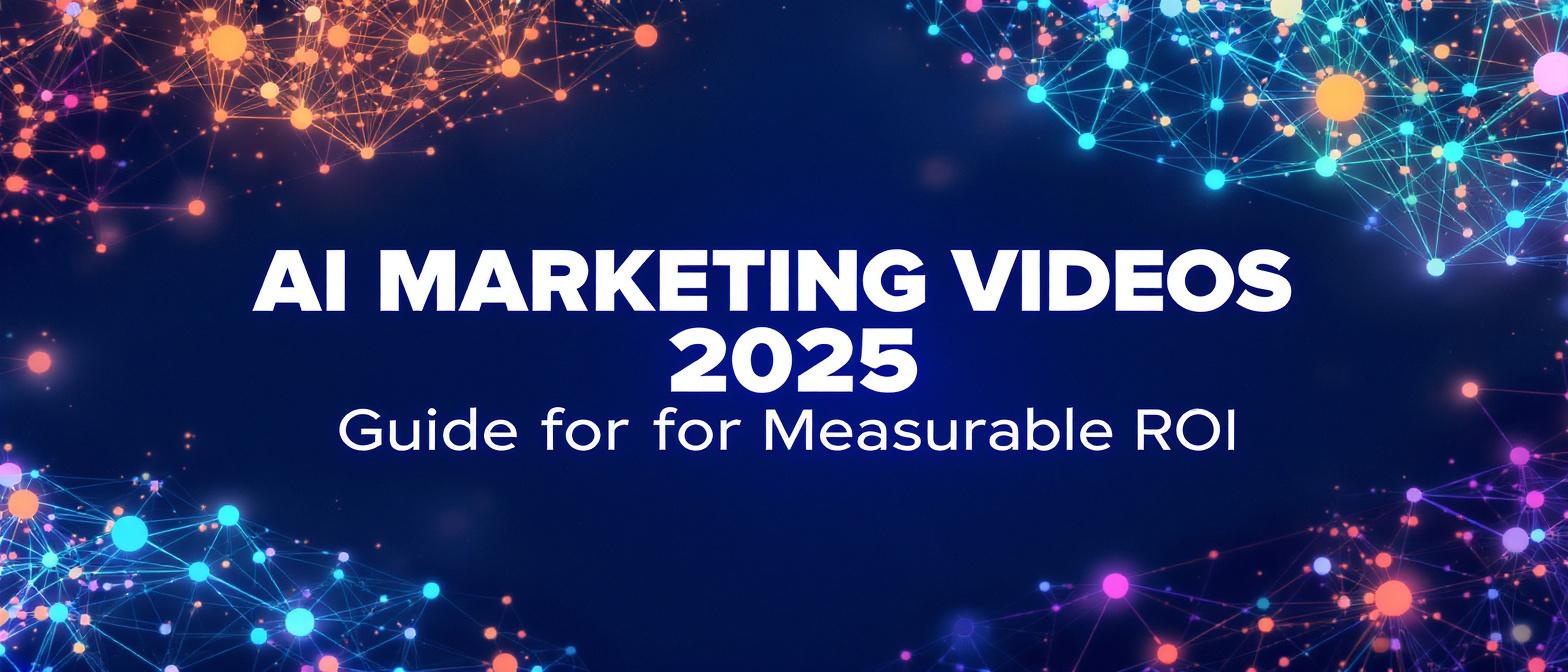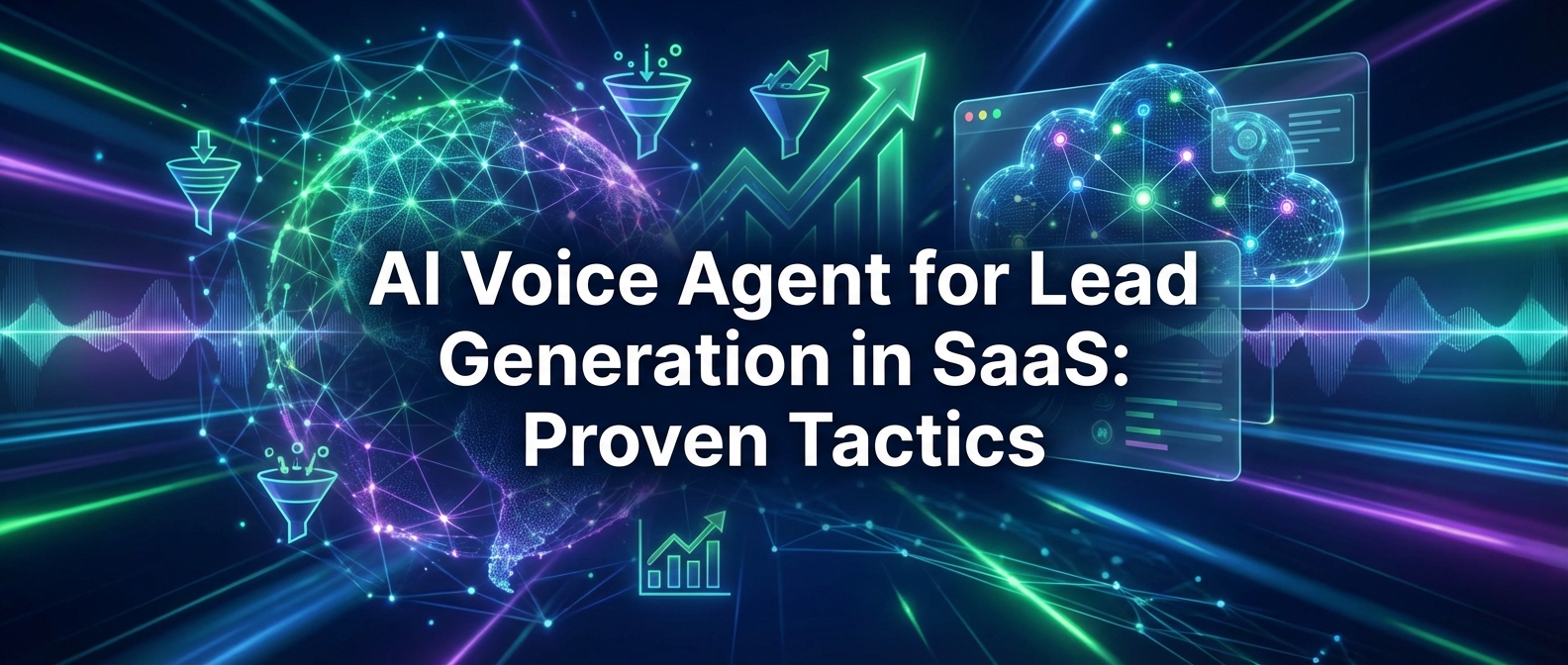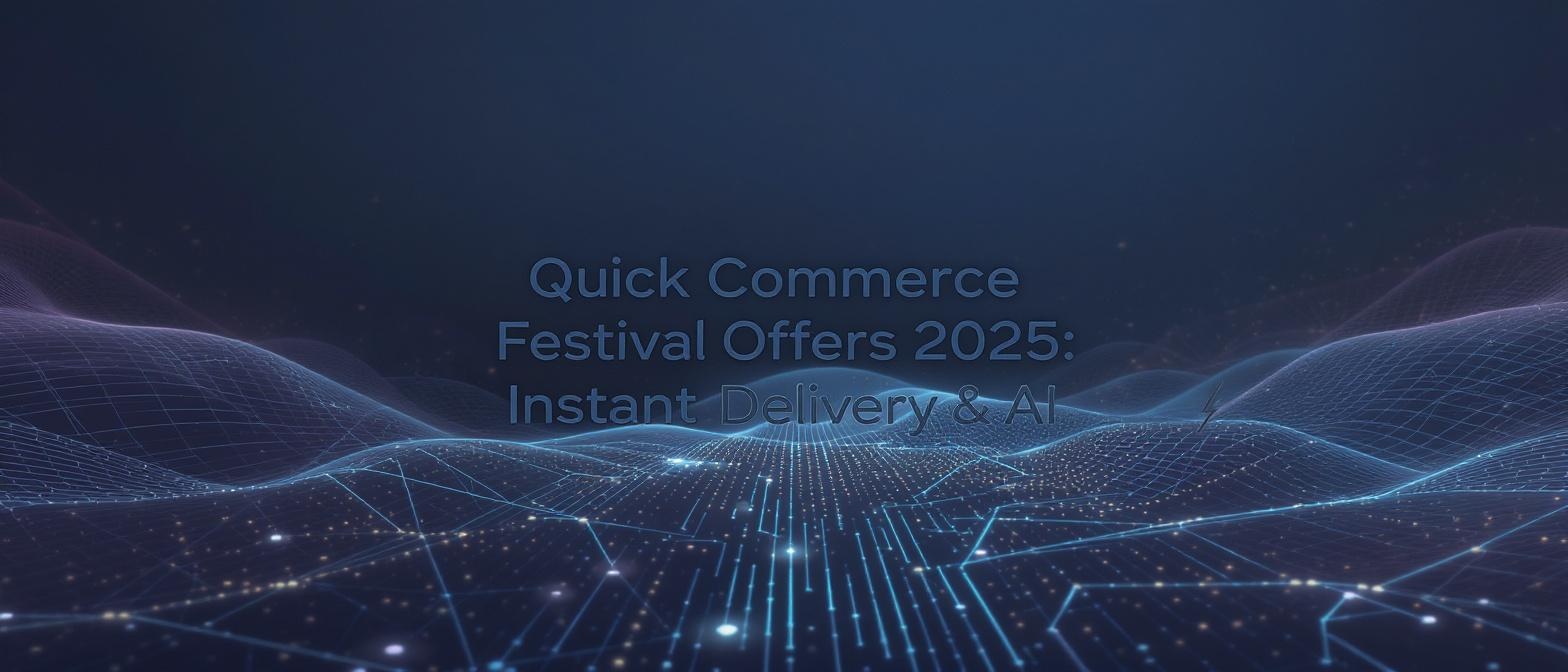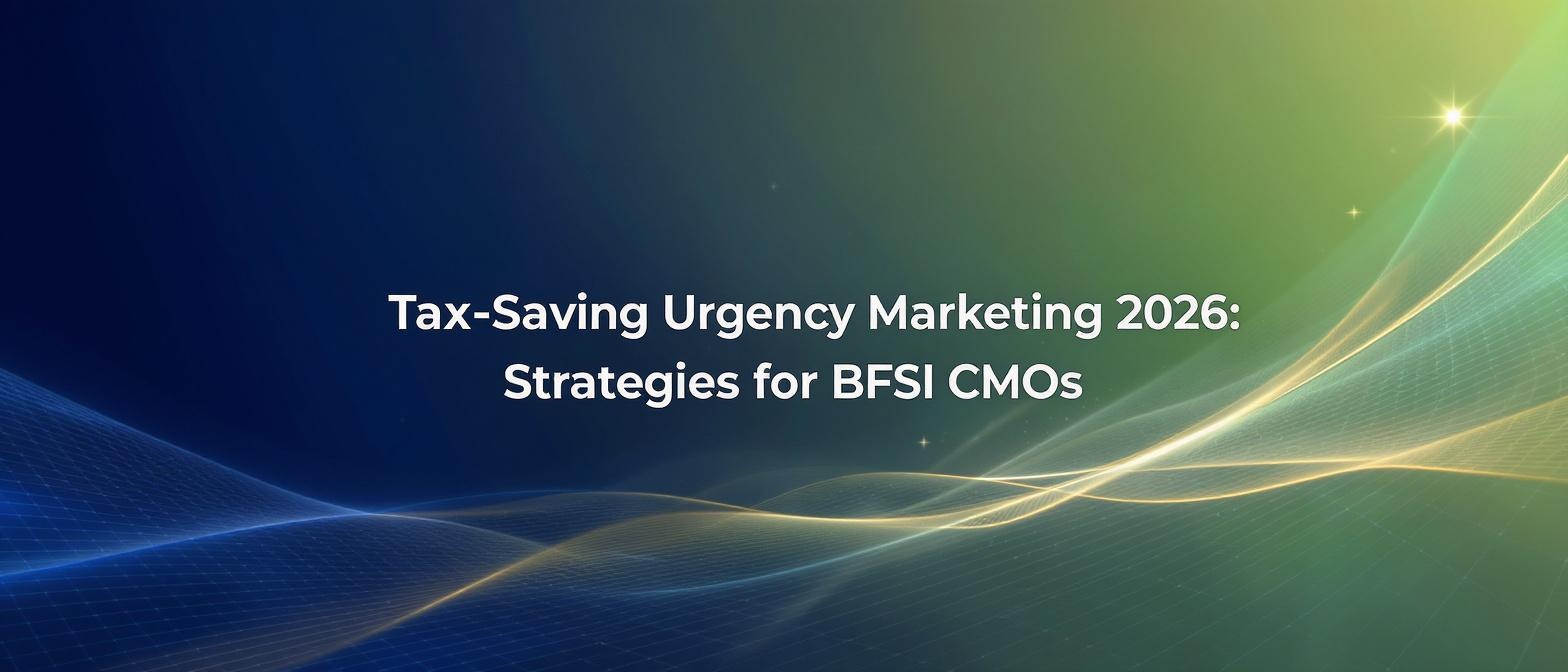AI Marketing Videos: The 2025 Strategy for Measurable ROI
Key Takeaways
- Video is now essential to digital engagement and no longer optional.
- AI avatars enable rapid scaling and personalization for global audiences.
- A structured, four-step framework streamlines content production and localization.
- Strategic personalization drives higher ROI and connects to bottom-line metrics.
- Stay ahead by preparing for the next wave of AI-driven video innovation.
In the relentless pursuit of market share, a seismic shift is underway. As we enter 2025, an estimated 68% of marketers who previously sidelined video are now planning to integrate it into their strategies. Why the sudden urgency? Because the data is irrefutable: video is no longer a “nice-to-have” but the primary language of digital engagement. However, the old production model—expensive, slow, and difficult to scale—is fundamentally broken. The core problem marketers now face isn’t whether to use video, but how to produce it at the speed and scale required for global, hyper-personalized campaigns without sacrificing quality or brand consistency.
Generic “top 10 tips” articles scratch the surface but leave serious strategists without a playbook. This guide moves beyond tactical advice to deliver a comprehensive framework for building a scalable, ROI-driven AI video marketing engine. We will deconstruct the challenges of traditional video production, explore the technical innovations that solve them, and provide a step-by-step process for implementation and measurement. This is the blueprint for transforming your video content from a costly bottleneck into a revenue-generating machine.
Reframe the Challenge: Moving from One-to-Many to One-to-One at Scale
For years, the value of video marketing has been clear and consistently growing. In 2025, the metrics are more compelling than ever: 96% of marketers report that video increases brand awareness, while a staggering 99% confirm it enhances user understanding of their product or service. The challenge has never been about the effectiveness of video, but the economics of its production.
Traditional video creation is a linear, resource-intensive process involving scriptwriters, actors, film crews, and post-production teams. This model inherently limits output, making it prohibitively expensive and time-consuming to create customized versions for different audience segments, languages, or product variations. The result is a one-to-many approach where a single, generic video is broadcast to a diverse audience, diluting its impact and failing to resonate on a personal level.
This limitation creates significant friction in a market that demands personalization. As businesses expand globally, the complexity multiplies. A campaign that performs well in North America may fail in Japan without proper cultural and linguistic adaptation. The core challenge, therefore, is not just creating a video, but creating hundreds of high-quality, relevant variations efficiently. As discussed by industry experts, the primary hurdles in scaling video content include maintaining brand consistency, managing logistical complexity, and the sheer cost, which often confines high-quality video to top-of-funnel brand campaigns. Learn more about the challenges facing modern media creation . The strategic imperative is to break free from this paradigm and build a system capable of one-to-one communication at an enterprise scale.
Innovation & Solutions: The Technology Behind Scalable Video
The solution to the scaling dilemma lies in the convergence of artificial intelligence, photorealistic avatars, and cloud-based processing. Modern AI video generation platforms are not merely creating animated slideshows; they are sophisticated engines that synthesize lifelike human presenters, perfectly synchronized voice tracks, and dynamic content into broadcast-quality videos in minutes. https://www.truefan.ai/blogs/ai-video-generator-text-speech
At the heart of this revolution is the concept of the AI avatar. Unlike early computer-generated characters, today’s leading avatars are digital twins of real, licensed human actors. This distinction is critical. By using real people as a foundation, these avatars exhibit authentic micro-expressions, natural intonation, and a level of realism that builds trust with the viewer. The technology works by mapping a text-based script to a cloned voice model and then animating the avatar’s facial movements and lip-sync with near-perfect accuracy.
This script-to-video process fundamentally decouples the message from the lengthy production cycle. Marketers can now draft a script, select a brand-aligned avatar, and generate a video without booking a studio or coordinating a film crew. This opens the door to unprecedented agility. Platforms like Studio by TrueFan AI enable businesses to move from idea to finished video in under an hour, creating a powerful advantage in fast-moving markets. The ability to generate content on-demand allows for rapid A/B testing, real-time responses to market events, and a continuous flow of fresh content for social media, email marketing, and internal communications.
Advanced Implementation: A 4-Step Framework for AI Video at Scale
Step 1: Define Audience Segments & Message Variants
Begin by mapping your key audience personas and the specific value propositions that resonate with each. For an e-commerce brand, this could mean creating segments based on purchase history, geographic location, or browsing behavior. For each segment, develop a core message and then create several variations. For example, a new customer might receive a welcome video highlighting introductory offers, while a loyal customer sees a video showcasing exclusive rewards. The goal is to create a matrix of audiences and corresponding messages that will form the basis of your video library. https://www.truefan.ai/blogs/10-essential-video-types-business-marketing
Step 2: Scripting for AI Delivery & Localization
Writing for an AI avatar is slightly different than writing for a human actor. Scripts should be clear, concise, and written in a natural, conversational tone. Use phonetic spellings for any jargon or brand names to ensure perfect pronunciation from the text-to-speech engine. Most importantly, structure your scripts with placeholders for personalization (e.g., “[Customer Name]”, “[Product]”, “[City]”). This modular approach is the key to scalability. Once the master script is approved, it can be translated into multiple languages. With Studio by TrueFan AI’s 175+ language support and AI avatars, a single script can be transformed into dozens of localized versions with perfect lip-sync, ensuring your message lands with cultural and linguistic precision in every target market.
Step 3: Batch Generation & Dynamic Assembly
With your scripts and translations ready, the next step is generation. Using the platform’s API or in-browser tools, you can programmatically generate all the required video variations. For example, a single API call could instruct the system to create a video for your German audience, featuring a specific avatar, a localized script, and a background image relevant to that region. For hyper-personalization, videos can be assembled in real-time. A customer’s action on your website could trigger the creation of a unique video that addresses their specific interest, pulling their name and relevant product details directly into the script. https://www.truefan.ai/blogs/ai-personalization-video-content
Step 4: A/B Testing, Optimization & Deployment
The agility of AI video generation makes it a perfect tool for rigorous A/B testing. Deploy different versions of a video—varying the avatar, the call-to-action, or the opening hook—to small audience samples. Use engagement metrics like click-through rate, watch time, and conversion rate to identify the top-performing creative. Once a winner is determined, it can be rolled out to the broader audience segment. This continuous loop of testing and optimization ensures that your video strategy is constantly evolving based on real-world performance data, not just assumptions.
Overlooked Considerations: Ethics, Brand Safety, and Strategic Personalization
As with any powerful technology, the implementation of AI video comes with critical responsibilities. Ignoring these considerations can lead to brand damage and a loss of customer trust. The most successful strategies are built on a foundation of ethical practices and robust governance.
A primary consideration is the authenticity and sourcing of AI avatars. The internet is awash with “deepfake” technology that can create unauthorized likenesses of individuals. Using such tools is an ethical and legal minefield. Leading platforms mitigate this risk by using only fully licensed avatars, meaning the real-life actors have given explicit consent and are compensated for the use of their digital twins. This “consent-first” model is non-negotiable for any reputable brand.
Brand safety extends to the content of the videos themselves. It’s crucial to choose platforms with built-in moderation and content filters that block the generation of videos containing hate speech, explicit content, or political endorsements. Furthermore, data security is paramount, especially when handling customer information for personalization. Look for providers with recognized security certifications like ISO 27001 or SOC 2, which demonstrate a commitment to protecting sensitive data.
Finally, it’s time for a contrarian take on personalization. The goal is not simply to insert a customer’s name into a video; that’s a gimmick. Strategic personalization uses data to deliver genuine value. Instead of just saying, “Hello, Sarah,” a more effective video would say, “Hello, Sarah, we noticed you were looking at our hiking boots. Here’s a 30-second video showing how they perform in wet conditions.” This approach transforms personalization from a novelty into a service, directly addressing the customer’s needs and context. As AI’s role in search and content delivery grows, this kind of authoritative, helpful content will become even more critical for maintaining brand visibility and control .
Measuring ROI & Success: Connecting AI Video to the Bottom Line
The most significant advantage of a systematic AI video strategy is the ability to measure its financial impact directly. While traditional video ROI is often gauged by soft metrics like views and shares, an AI-driven approach allows for precise tracking against business objectives. Yet, a surprising number of marketers are still falling short; data shows that only 30% quantify video ROI through bottom-line sales. To rise above the competition, you must connect your video efforts to revenue. https://www.truefan.ai/blogs/ai-video-generation-roi-marketing
The ROI formula is simple: (Gain from Investment - Cost of Investment) / Cost of Investment.
1. Calculating the Cost of Investment:
This is where AI video platforms offer a clear advantage. The “cost” includes subscription fees and the time your team spends creating scripts. This is drastically lower than traditional production, which involves costs for actors, studio rental, travel, crew, and lengthy post-production.
Solutions like Studio by TrueFan AI demonstrate ROI
through the dramatic reduction of these hard costs and the elimination of logistical friction.
2. Measuring the Gain from Investment:
The “gain” can be measured across several key performance indicators (KPIs):
- Conversion Rate Lift: By A/B testing a product page with an AI-generated video against one without, you can measure the exact percentage increase in conversions. A 5% lift in conversion on a high-traffic page can translate to hundreds of thousands of dollars in new revenue.
- Increased Customer Lifetime Value (CLV): Use personalized AI videos in your onboarding and retention email sequences. Track the CLV of cohorts who receive video-enhanced communication versus those who don’t.
- Reduced Support Tickets: Create a library of AI-powered “how-to” videos that answer common customer questions. Measure the reduction in inbound support queries and the associated cost savings.
- Market Penetration Speed: For global campaigns, measure the time it takes to launch in a new market with fully localized video content. A reduction from six months to two weeks is a massive competitive advantage, with a clear monetary value.
By focusing on these hard metrics, you can build a powerful business case for AI video and prove its value as a strategic growth driver, not just a creative expense. https://www.truefan.ai/blogs/ai-video-generation-roi-marketing
The Future Roadmap: Preparing for the Next Wave of Video Innovation
The field of AI-generated media is evolving at an exponential rate. The capabilities that seem cutting-edge today will be standard tomorrow. Strategically-minded marketers should not only master the current tools but also prepare for the next wave of innovations set to arrive in 2025 and beyond.
Hyper-Personalization at the Narrative Level: The future of personalization extends beyond inserting names or product details. Soon, AI will be able to dynamically assemble entire video narratives based on a user’s real-time behavior and historical data. Imagine a 60-second explainer video where the examples, analogies, and even the featured use cases change on the fly to perfectly match the viewer’s industry and role.
Real-Time Interactive Video: The line between video and application will continue to blur. Future AI videos will be interactive, allowing viewers to ask questions to the AI avatar in natural language and receive an instant, relevant video response. This will transform passive viewing into an active, conversational experience, creating powerful applications for sales consultations, customer support, and corporate training.
The Rise of Synthetic Media Teams: As these tools become more central to marketing, organizations will develop specialized “synthetic media” teams. These roles will be a hybrid of creative director, data analyst, and prompt engineer, responsible for managing the brand’s library of avatars, optimizing AI-generated scripts, and ensuring that all automated content aligns with the company’s voice and ethical guidelines. Preparing for this shift now by training your team on current AI video platforms will create a significant competitive advantage.
Frequently Asked Questions
1. Are AI avatars as effective as human presenters in marketing videos?
Yes, when executed correctly. High-quality, photorealistic avatars based on real, licensed actors can be highly effective. They offer consistency, scalability, and a novel way to engage audiences. The key is to use them strategically within a well-scripted, value-driven narrative rather than as a pure replacement for all human-led content. Their effectiveness is highest in applications requiring consistency and scale, such as personalized tutorials, multilingual welcome messages, and corporate training modules.
2. What is the typical cost of creating AI marketing videos compared to traditional methods?
AI video creation dramatically lowers the cost barrier. Traditional video shoots can range from $5,000 to over $50,000 for a single, professionally produced marketing video. AI video platforms operate on a subscription model, often starting from under $100 per month, allowing you to generate dozens or even hundreds of videos for a fraction of the cost of one traditional shoot. This shifts the investment from high-cost, low-volume production to a low-cost, high-volume strategic asset.
3. Can AI videos be truly personalized beyond just using a customer’s name?
Absolutely. This is where the technology’s true power lies. Advanced personalization involves dynamically inserting relevant data points like company name, recently viewed products, geographic location, or progress in a training course. For example, a video can be generated that says, “As a manager at [Company Name], you can use this feature to track your team’s progress in [City].” This level of contextual relevance makes the content far more impactful.
4. What is the biggest mistake marketers make when starting with AI video?
The most common mistake is focusing on the novelty of the technology rather than the underlying strategy. Generating a single, generic “talking head” video is a missed opportunity. The goal shouldn’t be to simply make one video, but to build a system for creating hundreds of targeted, personalized, and localized variations. A successful strategy starts with audience segmentation and clear objectives, using a platform like Studio by TrueFan AI to execute that vision at scale.
5. How can I ensure brand safety and consistency when using AI-generated video content?
Brand safety is maintained by choosing a platform with robust ethical guardrails. This includes using only licensed avatars to avoid legal issues, built-in content moderation to prevent the creation of inappropriate material, and strong data security protocols. Consistency is achieved by creating brand templates that define which avatars, background visuals, and musical tones can be used, ensuring all generated content aligns with your brand’s established look and feel.
6. How long does it actually take to create a finished AI marketing video?
Once you have a finalized script, the generation process itself is remarkably fast. A 60-second, high-definition video can be rendered and ready for download in just a few minutes. This allows marketing teams to operate with incredible agility, moving from a new idea or message to a live, customer-facing video within the same day. This speed is a game-changer for reacting to market trends or A/B testing new campaign ideas.
Conclusion: From Tactical Tool to Strategic Engine
The landscape of video marketing has fundamentally changed. The debate is no longer about whether video is valuable, but about how to unlock that value at scale. While the competitor’s list of tips provides a basic starting point, it fails to address the strategic imperatives of modern marketing: scalability, personalization, and measurable ROI. Thriving in 2025 and beyond requires moving past one-off creative projects and building an intelligent, automated system for video communication.
By adopting a framework-driven approach, you transform AI video from a novel tool into a core engine for growth. This strategy allows you to speak to every customer in their own language, with a message tailored to their unique context. It enables you to test, learn, and optimize your creative at a pace that was previously unimaginable. Most importantly, it connects every video asset directly to a business outcome, proving its worth in the language of revenue and results.
The next step is not to simply “try” an AI video maker. The actionable step is to audit your current communication strategy—from customer onboarding to global marketing campaigns—and identify the single biggest bottleneck that scalable, personalized video could solve. Start there. Build a pilot program, measure the impact on a critical KPI, and use that data to champion a broader transformation. This is how you move from tinkering with tips to executing a winning strategy.




